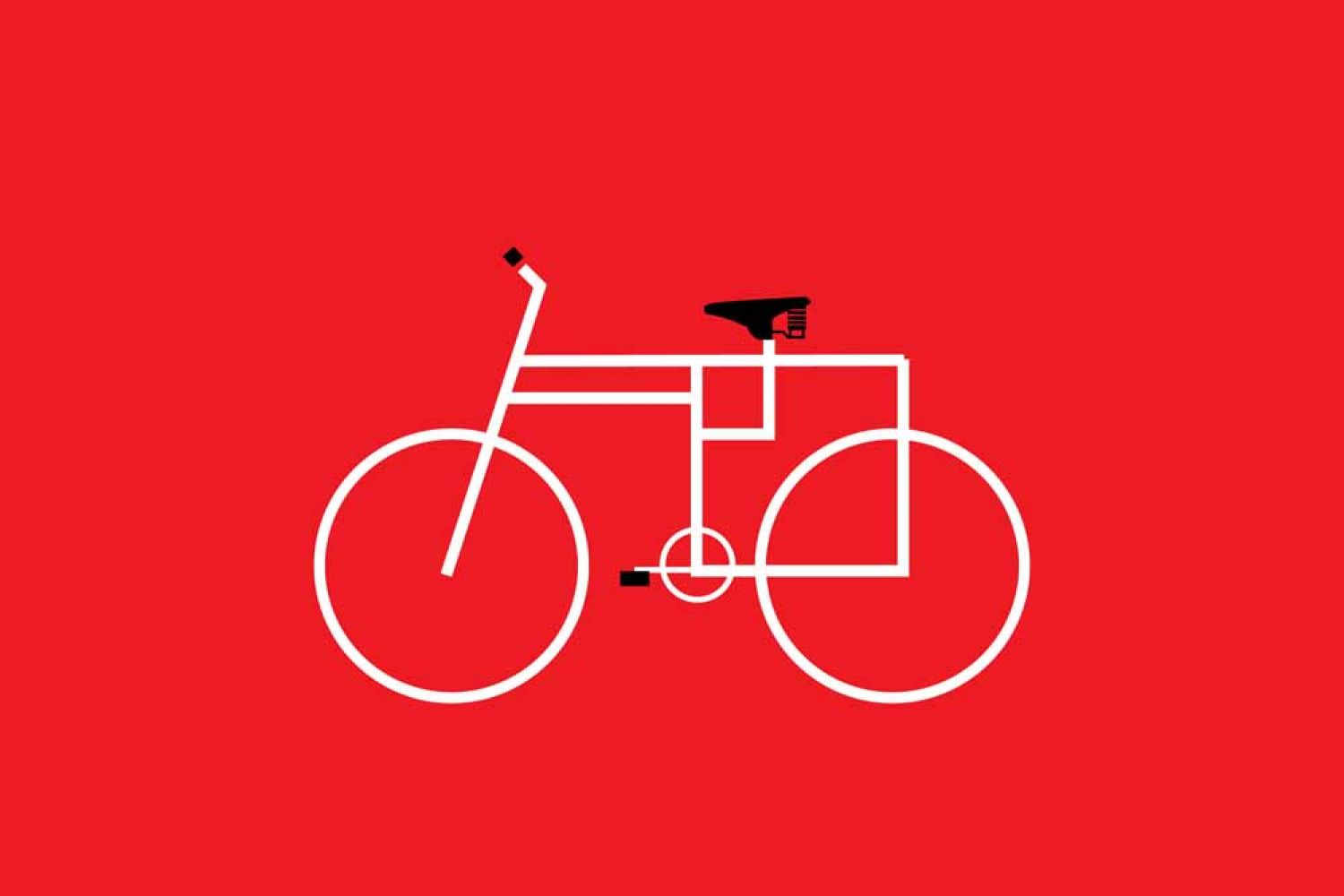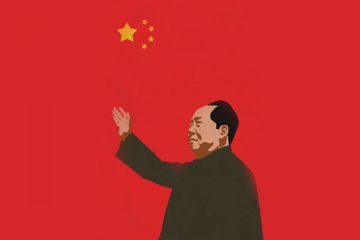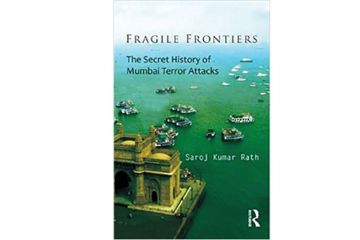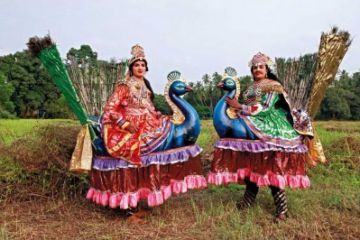
The concept
of beauty has changed in western art since Cubism was discovered in 1907 by
Picasso and explored a little later by Braque and Gris, and in its more
“pleasant” form by Glazies and Metzinger. This brought about a drastic change
in how the western world saw beauty not only in the fine arts but in everyday
living; in the design of clothes, furniture, crockery, even the way people wore
their hair.
What began
in Paris swept across Europe and America. Japan too fell; that was
Continue reading “How Picasso changed our eye for beauty”
Read this story with a subscription.





